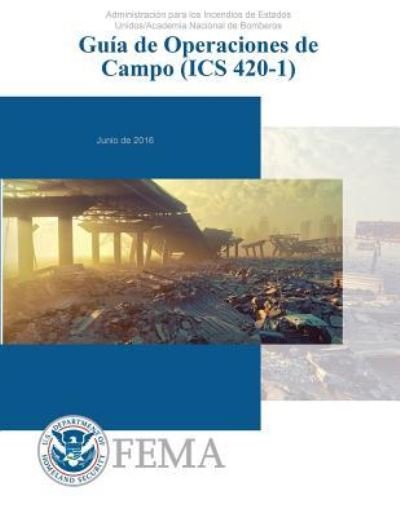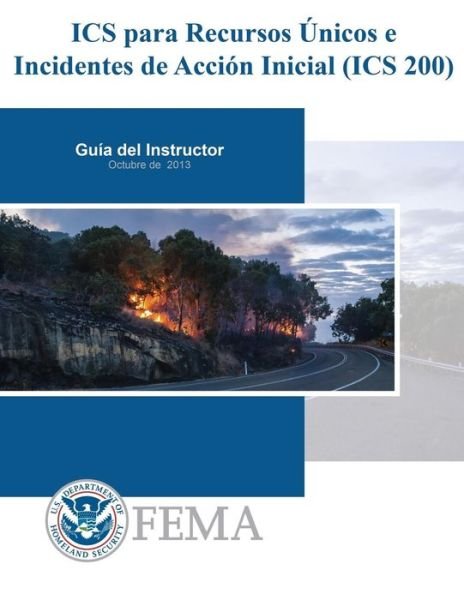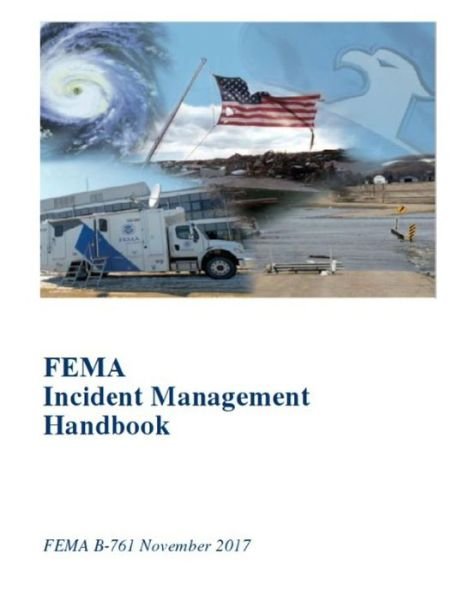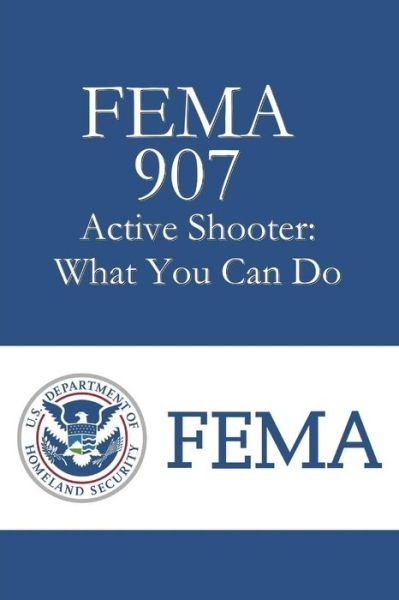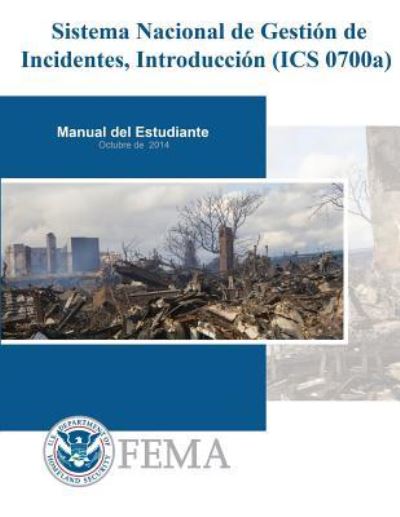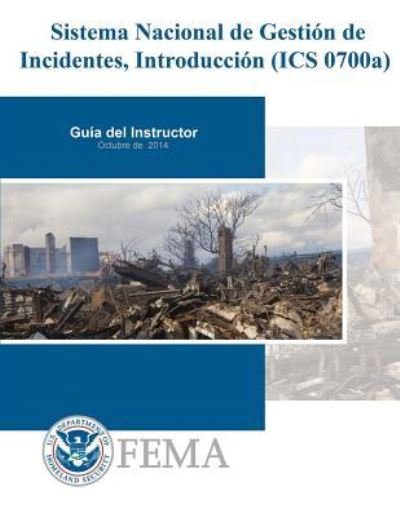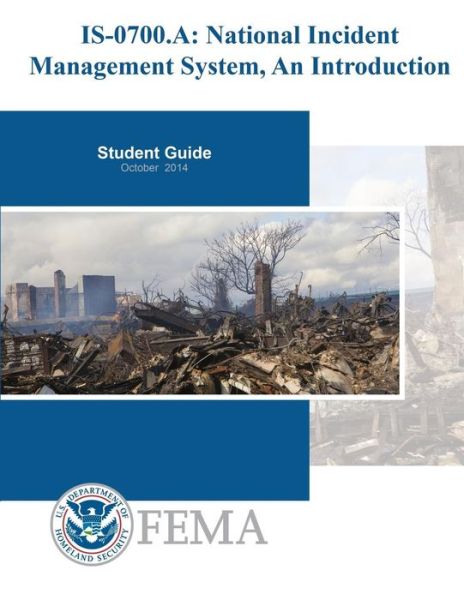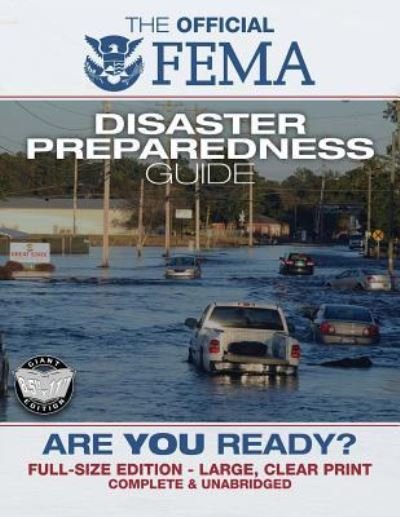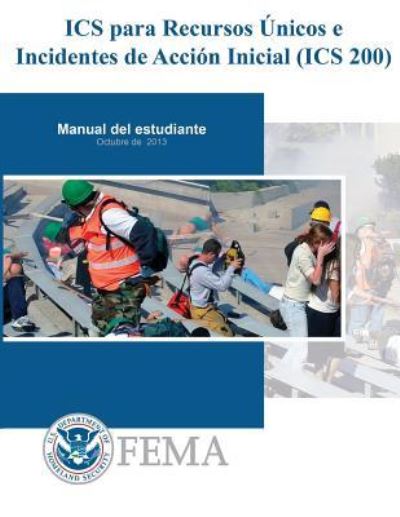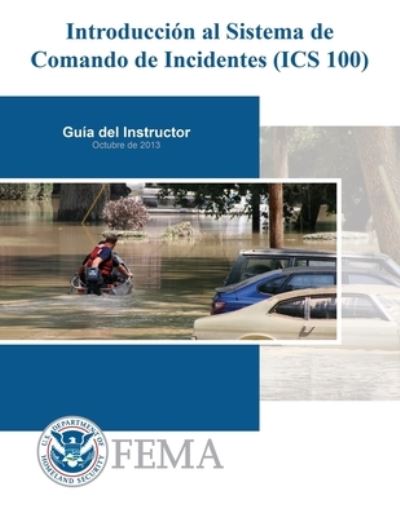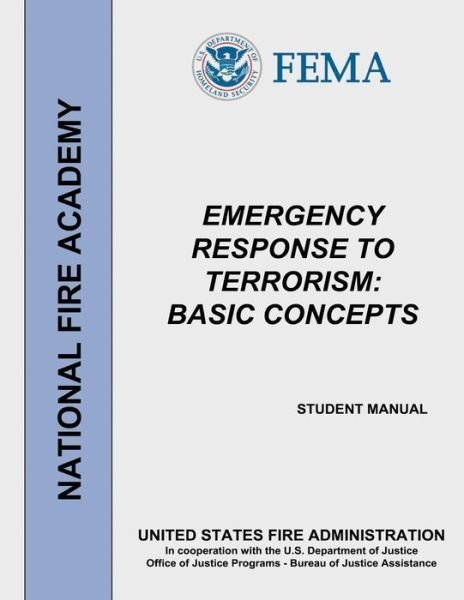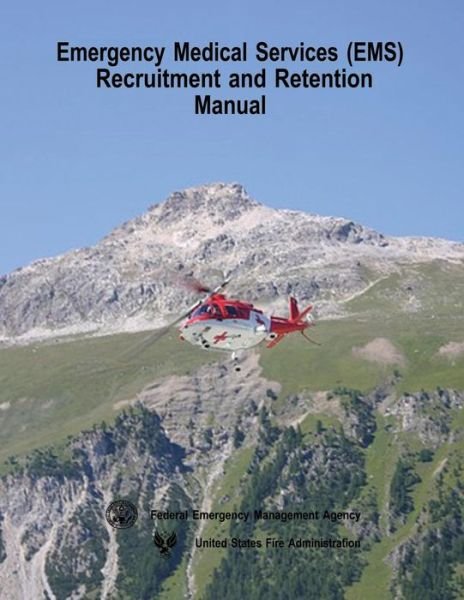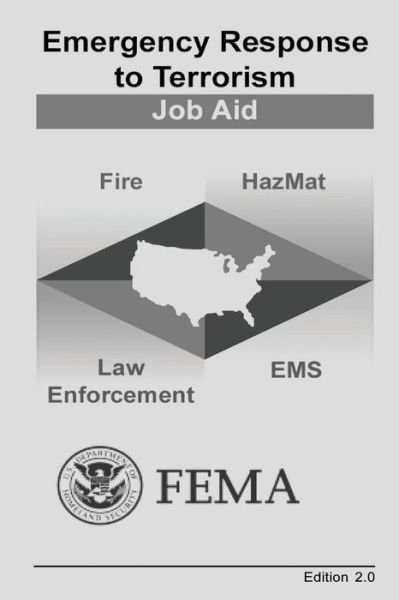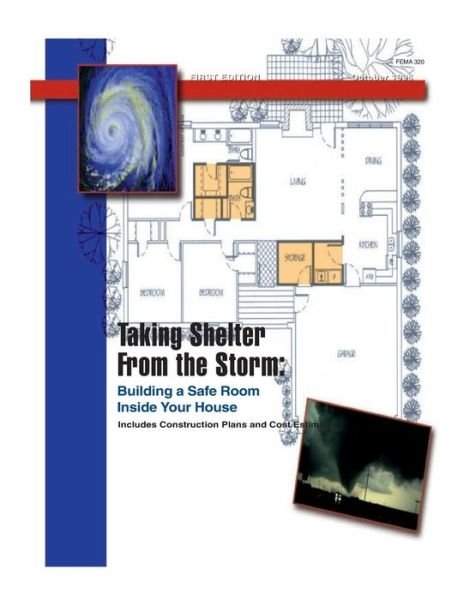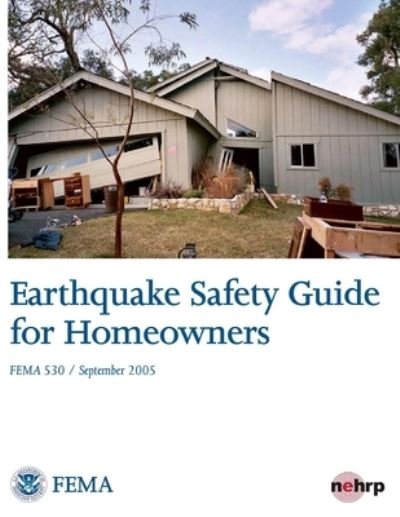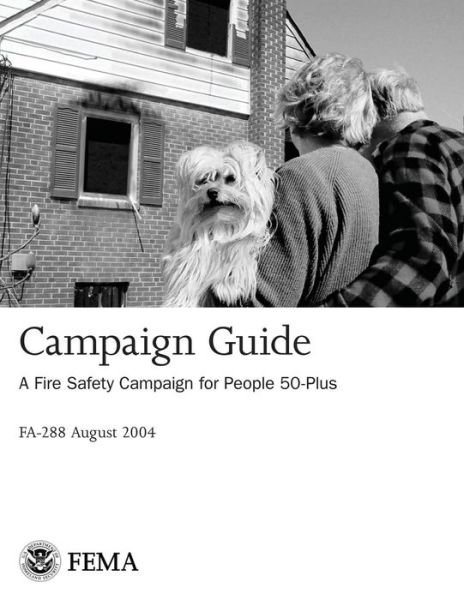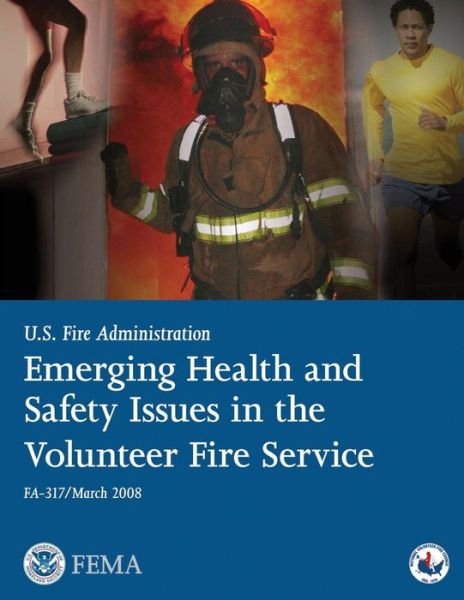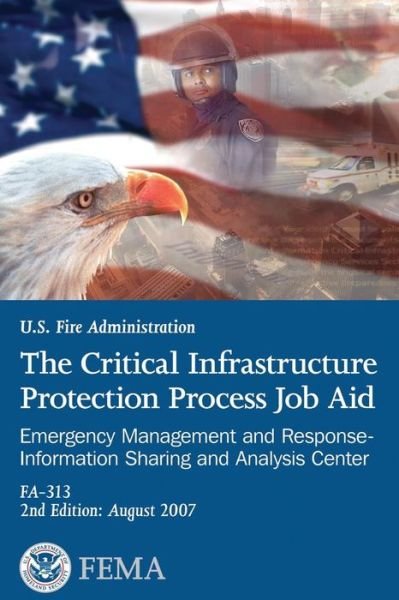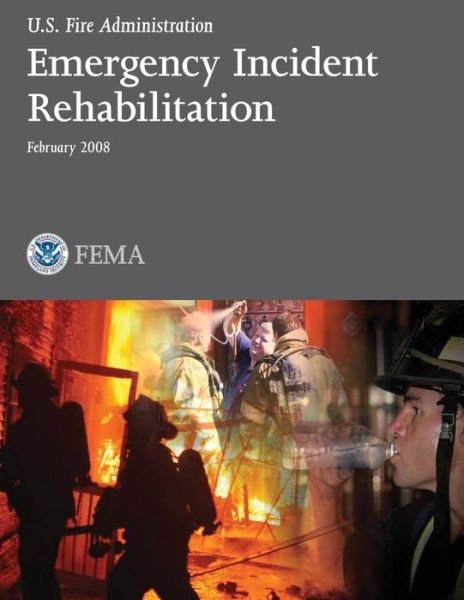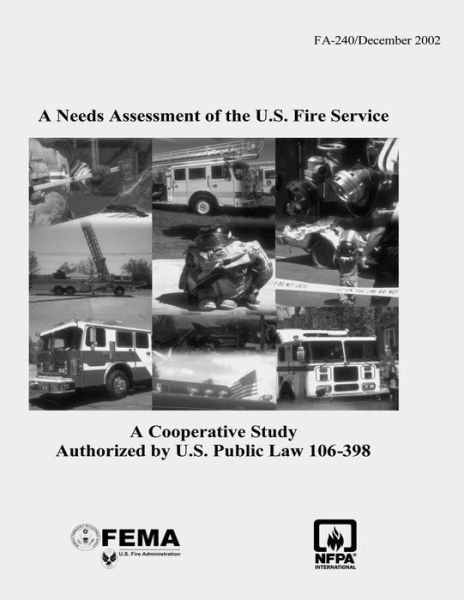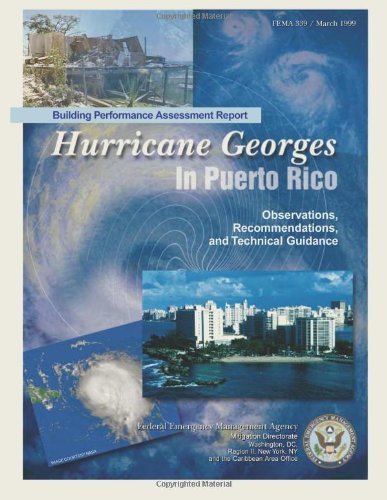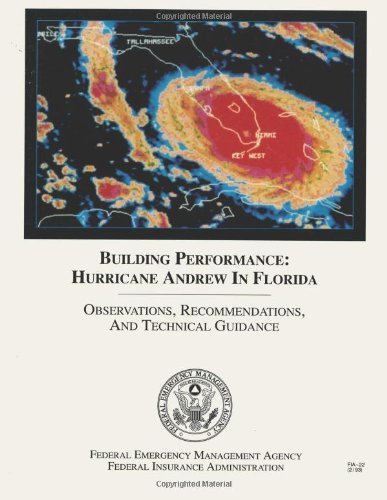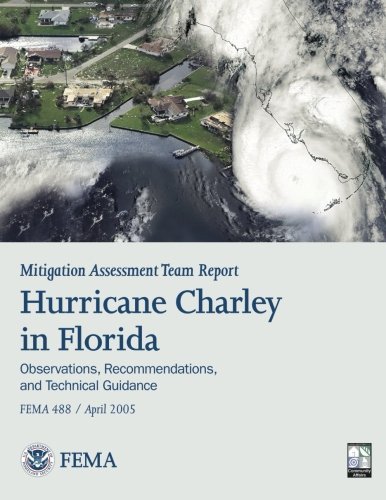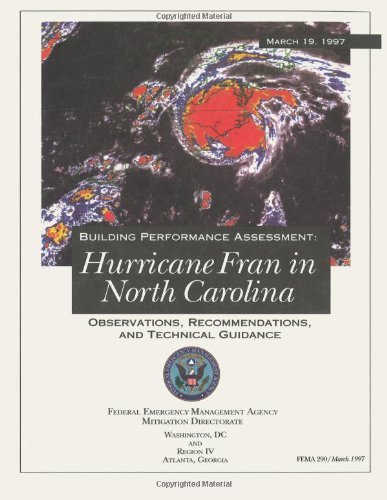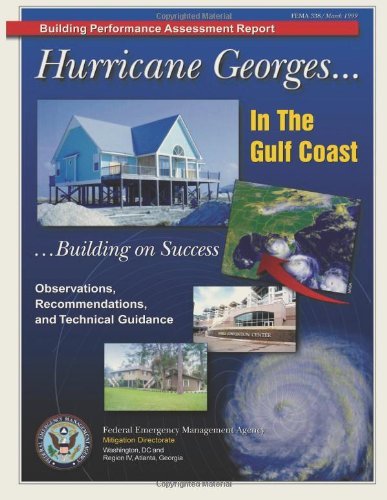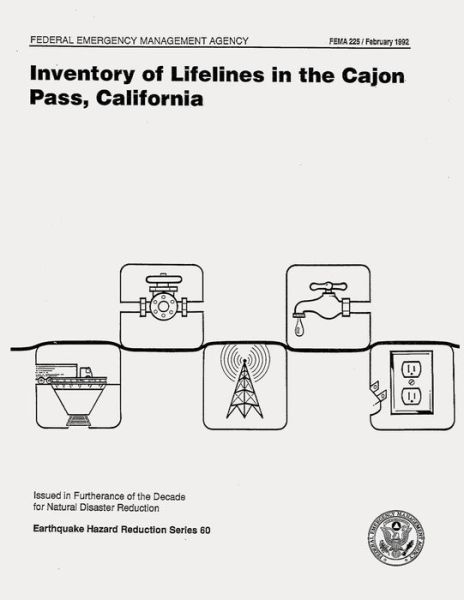
Tell your friends about this item:
Inventory of Lifelines in the Cajon Pass, California (Fema 225)
Federal Emergency Management Agency
Inventory of Lifelines in the Cajon Pass, California (Fema 225)
Federal Emergency Management Agency
Publisher Marketing: Lifelines (e.g., communication, electric power, liquid fuels, natural gas, transportation, water and sewer systems, etc.) are presently being sited in "utility or transportation corridors" to reduce their right-of-way environmental, aesthetic, and cost impacts on the community and on land use. The individual lifelines are usually constructed or modified at different time periods, resulting in their being built to different standards and in different siting criteria being applied to different segments of an individual lifeline or to different lifelines that provide similar functions. Presently, the siting review usually does not consider the impact of the proximity or collocation of one lifeline upon the risk to or vulnerability of other lifelines from natural or manmade hazards or disasters, either because the other lifelines have not yet been installed or because such a consideration has not been identified as a factor in the siting evaluation. In August 1988, a train derailment in northern California also damaged a petroleum pipeline which was buried along the railroad right-of-way. The result was a spill of the pipeline fluids in addition to the derailment (but no significant loss of property and no injuries to or casualties). When another derailment in San Bernardino occurred in May l989, which resulted in severe property damage and the loss of life, the Office of the Fire Marshall also responded to see if the derailment had impacted a petroleum products pipeline that was buried along the railroad right-of-way. It was decided that the pipeline was not damaged, and the fire and safety personnel turned over the site to the railroad to allow them to clean up the site. About a week later the pipeline ruptured and the resulting fire caused considerable property damage and loss of life. The subsequent investigations concluded that the pipeline may have been damaged during the derailment, but that the most probable cause of its damage was the derailment clean up operations. In a similar sense, communication lines along a highway bridge would be vulnerable to failure if the bridge were to displace or fail during a disaster event. In fact, frequently highway bridges and overpasses are used to route other lifelines, such as communications and pipelines, over causeways and water bodies. Such lifelines can be damaged by failure of the superstructure, bridge foundation movement, or ground deformation along the approaches to the bridge. Settlement and lateral displacement adjacent to abutments have been especially troublesome because such movements tend to impose deformations on the lifelines where they are locally constrained at the attachment or penetration of the abutment. There are many such examples of lifeline interdependency that occurred during the 1989 Loma Prieta earthquake. In response to these types of situations, FEMA is focusing attention on the use of such corridors, and they initiated this study to examine the impacts of siting multiple lifeline systems in confined and at-risk areas. The overall FEMA project goals are to develop, for multiple lifeline systems in confined and at-risk areas, a managerial tool that can be used to increase the understanding of the lifeline systems' vulnerabilities and to help identify potential mitigation approaches that could be used to reduce those vulnerabilities. The goals also are to identify methods to enhance the transfer of the resulting information to lifeline system providers, designers, builders, managers, operators, users, and regulators. To provide a specific example of how the managerial tool can be used, it was decided that the methods should be applied to the lifelines in the Cajon Pass, California, for an assumed earthquake event at the Pass. The purpose of this report is to provide an inventory of the major lifeline systems in the Cajon Pass and the earthquake and geologic analysis tools available to identify and define the level of seismic risk to those lifelines.
| Media | Books Paperback Book (Book with soft cover and glued back) |
| Released | April 2, 2013 |
| ISBN13 | 9781484019559 |
| Publishers | Createspace |
| Pages | 104 |
| Dimensions | 216 × 280 × 6 mm · 263 g |
More by Federal Emergency Management Agency
See all of Federal Emergency Management Agency ( e.g. Paperback Book , Hardcover Book , Spiral Book and Book )


